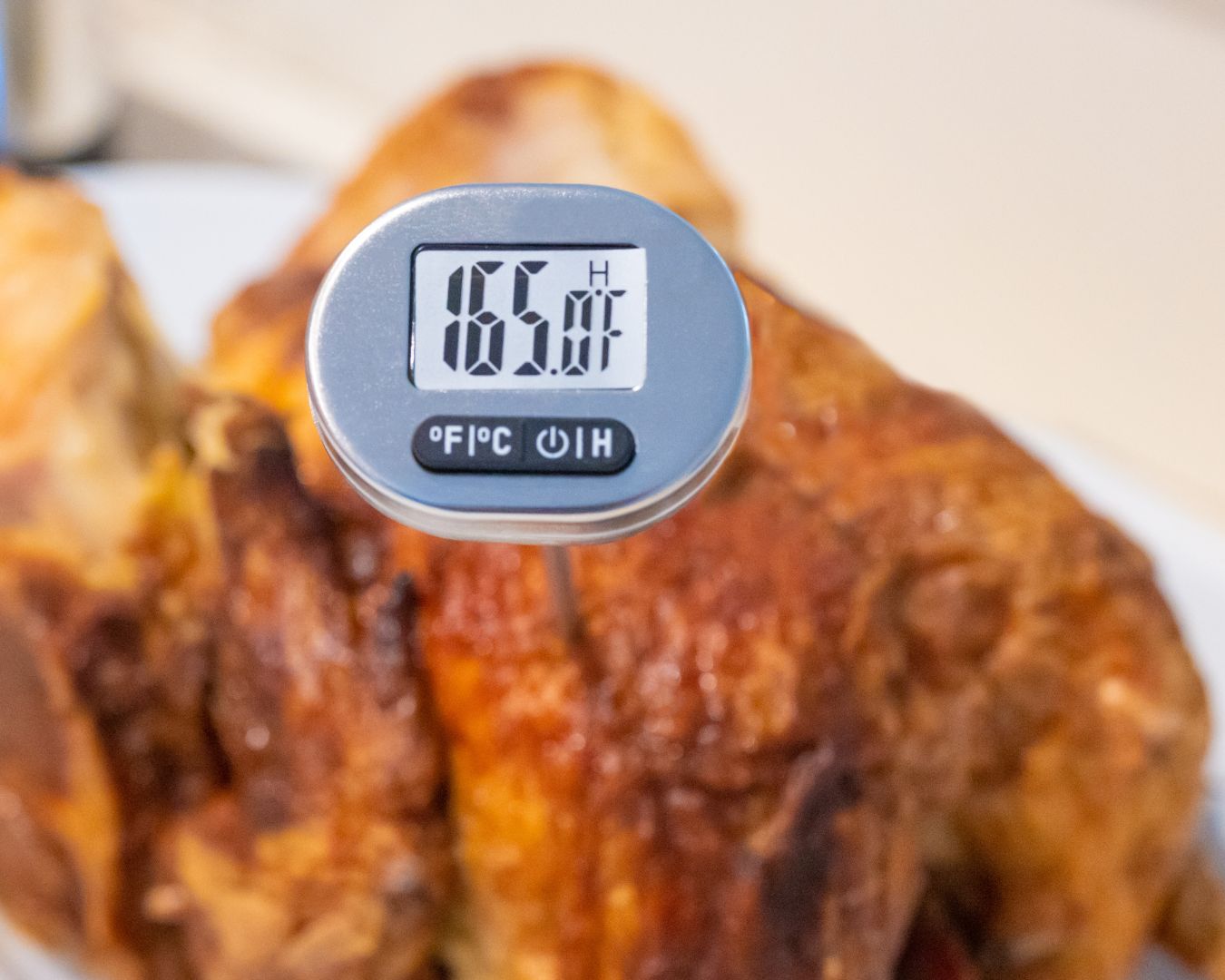Pairing wine with food is both an art and a science, aiming to enhance the flavors of both the dish and the wine. The goal is to find a harmonious balance where the wine complements the food and vice versa, creating a more enjoyable dining experience. Whether you’re hosting a dinner party or simply enjoying a meal at home, understanding the basics of wine and food pairings can elevate your meals. Here’s a guide to help you master the art of pairing wines with various types of dishes. Red Wines and Meat Dishes Beef and Cabernet Sauvignon: The bold flavors of Cabernet Sauvignon make it an excellent match for hearty beef dishes like steak or beef stew. The tannins in the wine help to cut through the richness of the meat, while the wine’s robust flavor complements the savoriness of the dish. Pork and Pinot Noir: For pork dishes, especially those with a slightly sweet or tangy element (like BBQ pork), Pinot Noir is a great choice. Its bright acidity and subtle fruit flavors balance well with the flavors of pork, providing a pleasing contrast without overpowering the dish. Lamb and Syrah/Shiraz: Syrah (or Shiraz) offers bold, spicy flavors that pair wonderfully with lamb. The wine’s peppery notes and rich body enhance the savory and sometimes gamey characteristics of lamb dishes, creating a harmonious combination. White Wines and Poultry Chicken and Chardonnay: A classic pairing, Chardonnay complements a wide range of chicken dishes, especially those with creamy sauces. The wine’s rich, buttery texture enhances the flavors of the dish, while its acidity cuts through the creaminess. Turkey and Sauvignon Blanc: Sauvignon Blanc, with its crisp acidity and citrus notes, pairs well with turkey, especially in dishes that feature herbs or fruity elements. The wine’s refreshing qualities balance the richness of turkey and provide a vibrant contrast. Duck and Pinot Gris: Duck, with its rich and sometimes fatty flavor, pairs beautifully with Pinot Gris. The wine’s acidity and bright fruit flavors help to cut through the richness, while complementing the savory elements of the duck. Seafood and Light Whites Salmon and Pinot Gris: The delicate flavors of salmon are well-suited to Pinot Gris. The wine’s crisp acidity and citrus notes complement the fish without overpowering it, making it a well-balanced pairing. Shrimp and Riesling: Riesling’s sweetness and acidity make it a great match for shrimp, particularly when prepared with spicy or Asian flavors. The wine’s fruity notes enhance the shrimp’s flavor, while its sweetness balances spiciness. Oysters and Champagne: The briny, fresh taste of oysters pairs exquisitely with Champagne. The wine’s effervescence and crisp acidity cleanse the palate between bites, while its subtle flavors complement the oysters’ natural taste. Pasta and Italian Wines Tomato-Based Pasta and Chianti: Chianti, with its bright acidity and red fruit flavors, pairs perfectly with tomato-based pasta dishes. The wine’s acidity matches the acidity of the tomatoes, while its flavor enhances the overall taste of the dish. Creamy Pasta and Pinot Grigio: For creamy pasta dishes, Pinot Grigio is an ideal choice. The wine’s crisp acidity and light body provide a refreshing contrast to the richness of the sauce, balancing the meal beautifully. Cheese and Wine Pairings Soft Cheeses and Sauvignon Blanc: Soft cheeses like Brie and Camembert are well-suited to Sauvignon Blanc. The wine’s crisp acidity cuts through the cheese’s creamy texture, while its citrus notes complement the cheese’s delicate flavors. Aged Cheeses and Cabernet Sauvignon: Aged cheeses like Gouda or Cheddar pair wonderfully with Cabernet Sauvignon. The wine’s robust flavors and tannins match the intensity of the aged cheese, creating a rich and satisfying pairing. Blue Cheese and Port: The strong flavors of blue cheese are beautifully balanced by the sweetness of Port wine. The wine’s rich, fruity notes complement the cheese’s tanginess, resulting in a luxurious and indulgent combination. Dessert Wines and Sweet Treats Chocolate Desserts and Zinfandel: Zinfandel, with its rich, fruity flavors, pairs well with chocolate desserts. The wine’s sweetness and berry notes enhance the flavors of the chocolate, making it a decadent pairing. Fruit-Based Desserts and Moscato: For fruit-based desserts like tarts or sorbets, Moscato is a great choice. The wine’s light, fruity sweetness complements the fresh fruit flavors, while its effervescence adds a refreshing touch. Pairing wine with food is a delightful way to enhance your dining experience, and with a little knowledge, you can create perfect matches that elevate both your meals and your wines. Whether you’re enjoying a hearty beef stew with a robust Cabernet Sauvignon, a light seafood dish with a crisp Pinot Gris, or a rich dessert with a sweet Moscato, understanding these pairings can help you create memorable and enjoyable dining experiences. Experiment with different combinations, and don’t be afraid to trust your palate—sometimes the best pairings are the ones you discover for yourself. Cheers to great food and excellent wine!




